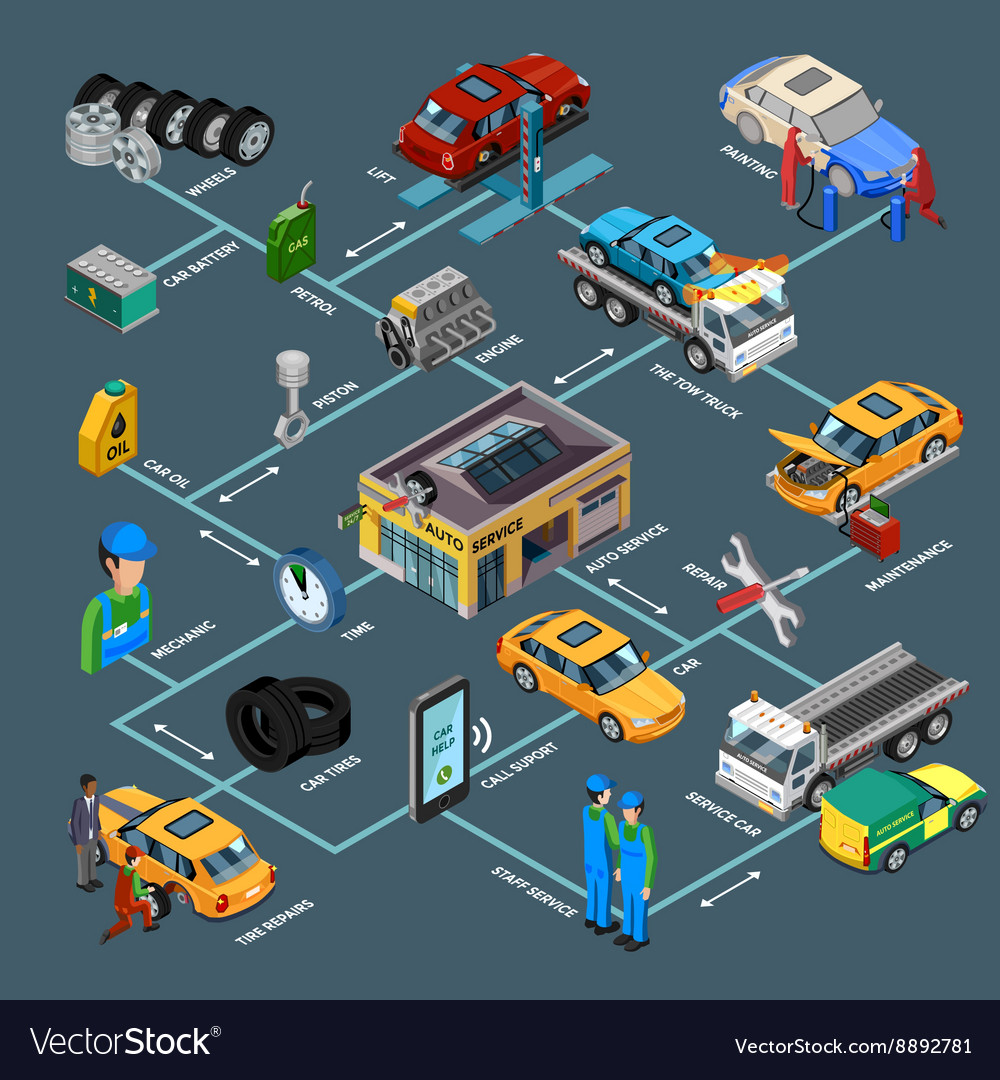Realizing The Relevance Of Your Cars And Truck'S Warning Signals: What They Really Represent
Realizing The Relevance Of Your Cars And Truck'S Warning Signals: What They Really Represent
Blog Article
Short Article By-Sykes Kejser
When you lag the wheel, those beautiful caution lights on your control panel can be a little bit complicated. Do you recognize what they're trying to inform you concerning your cars and truck's wellness? Comprehending the relevance of these lights is crucial for your security and the longevity of your automobile. So, the following time one of those lights appears, would not you wish to decode its message properly and take the essential actions to resolve it?
Common Caution Lights and Interpretations
Recognize usual caution lights in your auto and understand their significances to ensure secure driving.
One of the most typical caution lights include the check engine light, which signifies concerns with the engine or emissions system. If this light comes on, it's vital to have your car inspected quickly.
The oil stress advising light shows low oil stress, calling for instant interest to stop engine damages.
A flashing battery light may suggest a malfunctioning charging system, possibly leaving you stranded otherwise addressed.
The tire pressure surveillance system (TPMS) light alerts you to low tire pressure, impacting automobile security and fuel performance. Disregarding this can bring about unsafe driving conditions.
The abdominal light shows a problem with the anti-lock stopping system, jeopardizing your capability to stop swiftly in emergency situations.
Last but not least, the coolant temperature cautioning light warns of engine getting too hot, which can cause severe damages if not dealt with quickly.
Comprehending these common warning lights will aid you deal with issues quickly and maintain risk-free driving conditions.
Significance of Prompt Attention
Comprehending the usual warning lights in your vehicle is just the very first step; the significance of immediately addressing these cautions can't be emphasized sufficient to ensure your safety and security on the road.
When a warning light brightens on your dashboard, it's your car's way of interacting a possible problem that needs attention. Disregarding car detailer auckland can bring about more serious troubles down the road, endangering your safety and possibly costing you a lot more out of commission.
Prompt interest to warning lights can protect against malfunctions and accidents. As an example, a blinking check engine light could suggest a misfire that, if left unattended, might trigger damage to the catalytic converter. Resolving this quickly can conserve you from a pricey repair.
Similarly, a brake system advising light might indicate low brake fluid or worn brake pads, essential components for your safety when driving.
Do It Yourself Troubleshooting Tips
If you discover a caution light on your control panel, there are a few do it yourself repairing suggestions you can try before looking for specialist assistance.
The initial step is to consult your cars and truck's guidebook to comprehend what the details caution light suggests. Sometimes the concern can be as simple as a loose gas cap activating the check engine light. Tightening the gas cap might solve the issue.
https://www.wqcs.org/wqcs-news/2022-07-25/aaa-florida-gas-prices-fall-another-17-cents-down-to-a-three-month-low is a low battery, which can trigger numerous cautioning lights. Examining the battery links for corrosion and ensuring they're safe may deal with the issue.
If a caution light lingers, you can try resetting it by detaching the auto's battery for a few minutes and afterwards reconnecting it. In addition, inspecting your car's liquid levels, such as oil, coolant, and brake liquid, can help fix cautioning lights connected to these systems.
Conclusion
Finally, recognizing your vehicle's warning lights is essential for keeping your car running smoothly and securely. By promptly resolving these signals and recognizing what they mean, you can avoid expensive repair work and possible malfunctions.
Keep in mind to consult your car's manual for specific details on each advising light and do something about it as necessary to make certain a hassle-free driving experience.
Stay educated, stay secure when driving!
